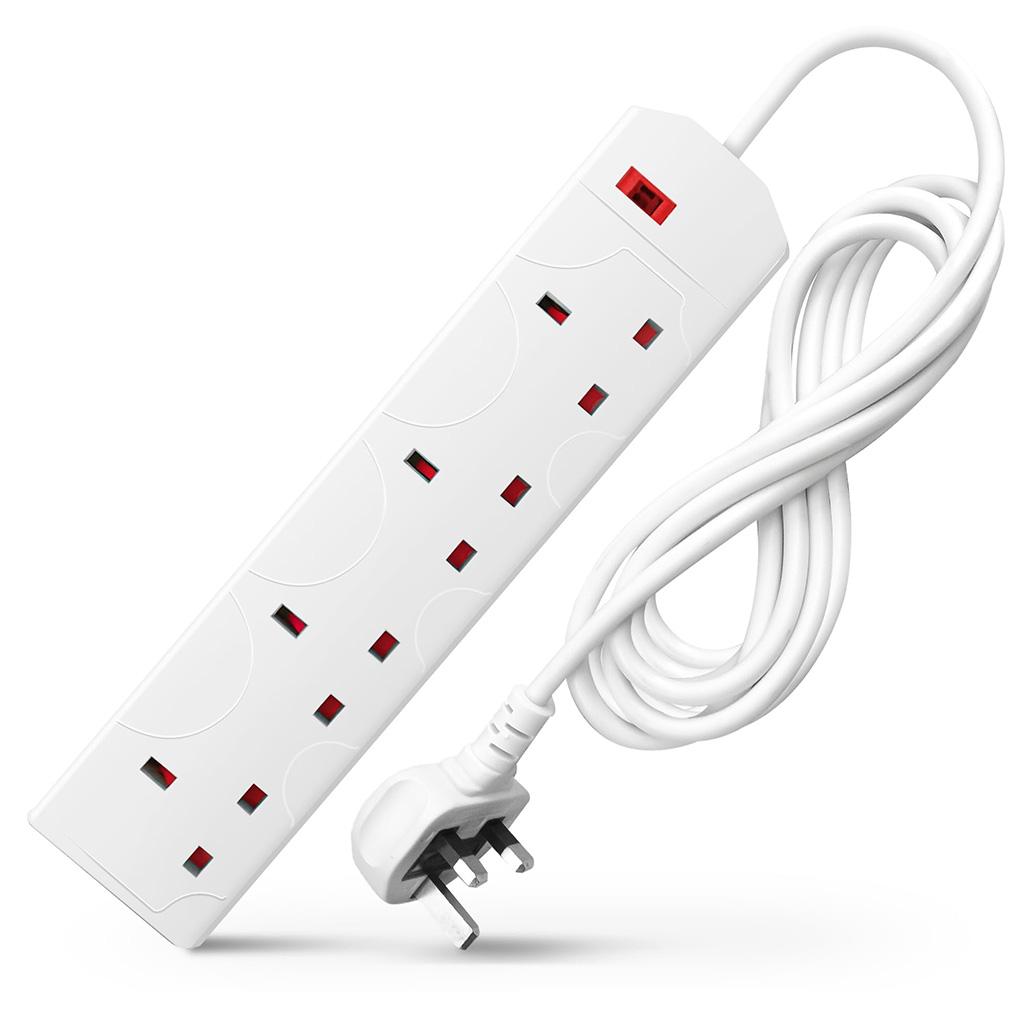An Extension Cable is a temporary connection.
Well, yes…and no. Here’s where things get a touch more subtle, and perhaps, a little knotty. What happens if you take that extension lead – the one you’ve perhaps threaded rather neatly into a desk, tucked it away – and then you decide to secure it? Maybe you pop a cover plate over the entry point, or you build it firmly into a piece of furniture, or bolt it to a desk, so it’s no longer something you can just easily pull out and move.

So now the Extension Cable is a Permanent?
Well, at that very moment, it quietly, almost imperceptibly, changes its identity. It sheds its temporary skin and starts to act like a permanent, fixed electrical connection for your desk.
But Extension Cables Are Not Subject to Electrical Codes.
It’s an important shift, this, because when you build an extension lead into furniture, cover it up, or fix it so you can’t easily get to it, you’ve taken away its temporary nature. It’s no longer that casual plug-in-and-unplug item. It’s now part of the desk itself, part of the room’s power setup. Now, you might be thinking, and rightly so, that official electrical codes usually stop at the wall socket. They govern the wires inside your walls, not what you plug into them. And you’d be correct in that literal sense.
So who’s Responsible?
However, the essence of electrical safety, the very principles of keeping us safe from fire and shock, don’t stop at that wall socket. When you embed an extension lead, you’ve taken a product designed for temporary, open-air use and tucked it into a permanent, often enclosed space. This introduces risks it simply wasn’t built to handle. And that, my friends, is precisely where your responsibility as a homeowner truly steps in. It’s not about legalities; it’s about common sense and keeping your home safe.
